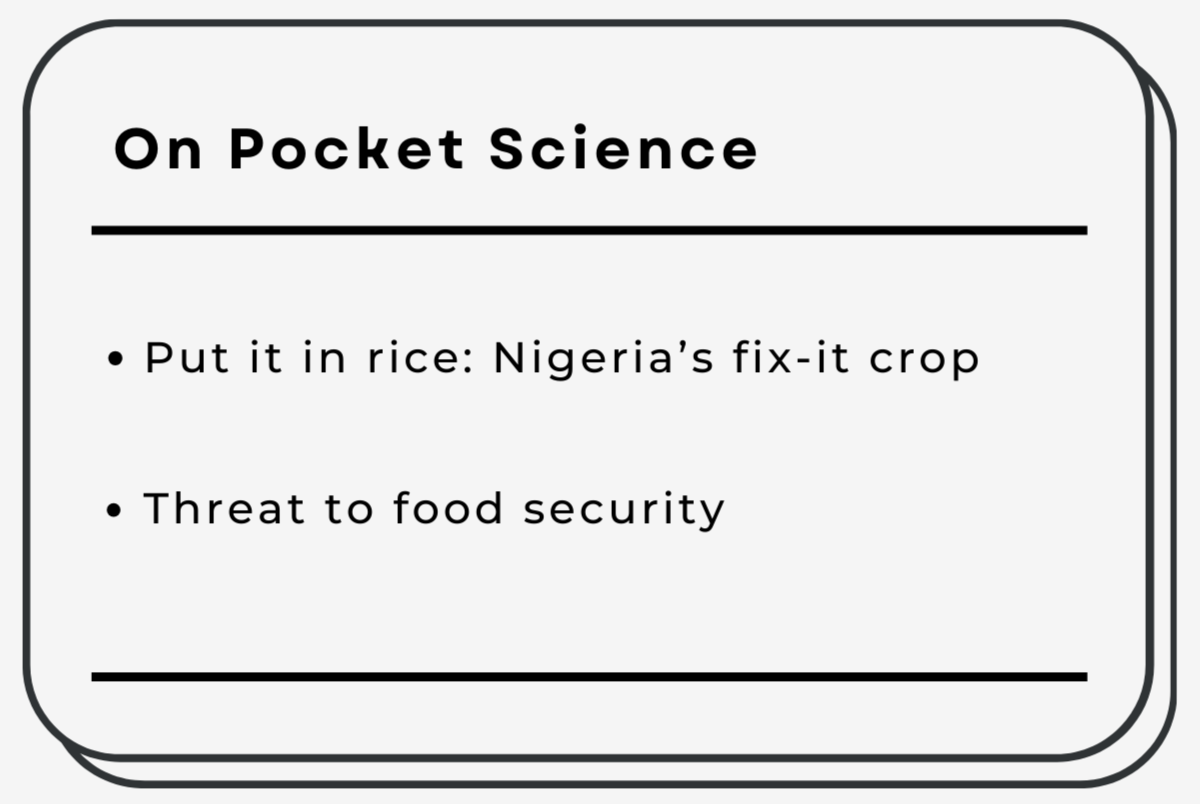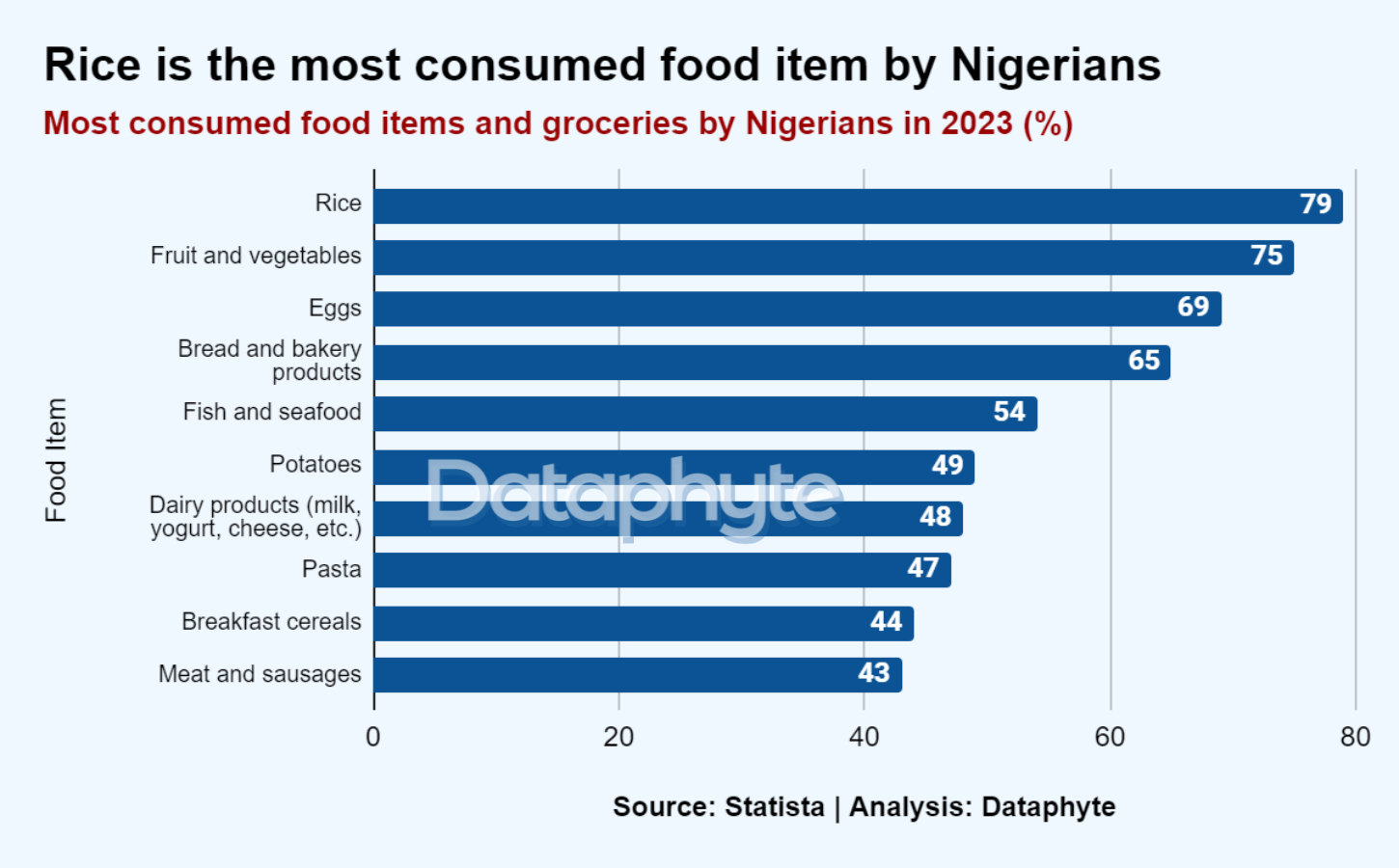Whenever a phone falls in water, one of the most popular layman recommendations goes thus: Put it in rice. Increasingly, this is a solution being used by Nigeria’s federal and state governments whenever a section of the country is in distress.
The Nigerian federal government recently announced yet another round of rice donations, this time, distributing tons of the staple food to flood-ravaged communities in Borno.
This initiative is part of broader relief efforts to address rising food insecurity and displacement caused by environmental disasters.
In 2024 so far, rice donations have emerged as a go-to solution for crises ranging from floods to fuel subsidy removal, underscoring its role as a critical food security measure.
However, as food inflation hovers at 37%, questions about the long-term efficacy of these donations remain.
Third in the world in terms of production and consumption b ehind only wheat and maize, rice makes up more than 20% of all the calories consumed by people.
Likewise in Nigeria, rice is one of the main cereal crops and is the most consumed food by Nigerians according to a Statista consumer insight survey.
This stresses the importance of rice in every Nigerian’s diet. However, as food prices surge and domestic production struggles, reliance on rice distribution as a quick fix is unsustainable for long-term food security.
A closer look reveals that while it provides short-term relief, it fails to address the systemic issues driving hunger and poverty. As a result, the fundamentals around rice availability have not improved.
Although domestic rice production skyrocketed to over 5 million metric tonnes by 2020, Nigeria still relies heavily on imports, with 35% of annual consumption met through imports.
Inflationary pressures and disruptions to local farming have worsened, as reflected by Nigeria’s persistent food inflation, which rose by an average of 2.78% monthly from August 2023 to August 2024, despite recent declines.
The National Bureau of Statistics (NBS) data shows that between January and July 2024, the prices of all rice varieties in Nigeria increased, with the minimum increase being 61% and the maximum reaching 72%.
This trend highlights the limited impact of these interventions on controlling rising food costs, calling into question their long-term sustainability in addressing food insecurity.
Threat to food security
In 2024, approximately 26.5 million Nigerians are projected to face severe food insecurity, according to the Cadre Harmonisé’s Report on Food and Nutrition Security, published in October 2023.
This shows a significant increase from the 18.6 million people who were vulnerable to food insecurity between October and December 2023.
Additionally, around 9 million children are at risk of acute malnutrition, with 2.6 million of them expected to suffer from Severe Acute Malnutrition, requiring urgent nutritional intervention.
Numerous variables, including the effects of climate change, persistent conflicts, high inflation, and rising costs for necessities like food, are responsible for this dramatic increase.
The issue has been made worse by the depreciation of the naira and the elimination of fuel subsidies, which increases costs.
Rice will continue to serve as a vital lifeline for millions of Nigerians during crises, but the government’s repeated use of rice donations reflects the absence of a comprehensive and sustainable food security strategy.
Until such a strategy manifests, let them eat rice.
Thanks for reading this edition of Pocket Science. It was written by Khadijat Kareem and edited by Joachim MacEbong.







